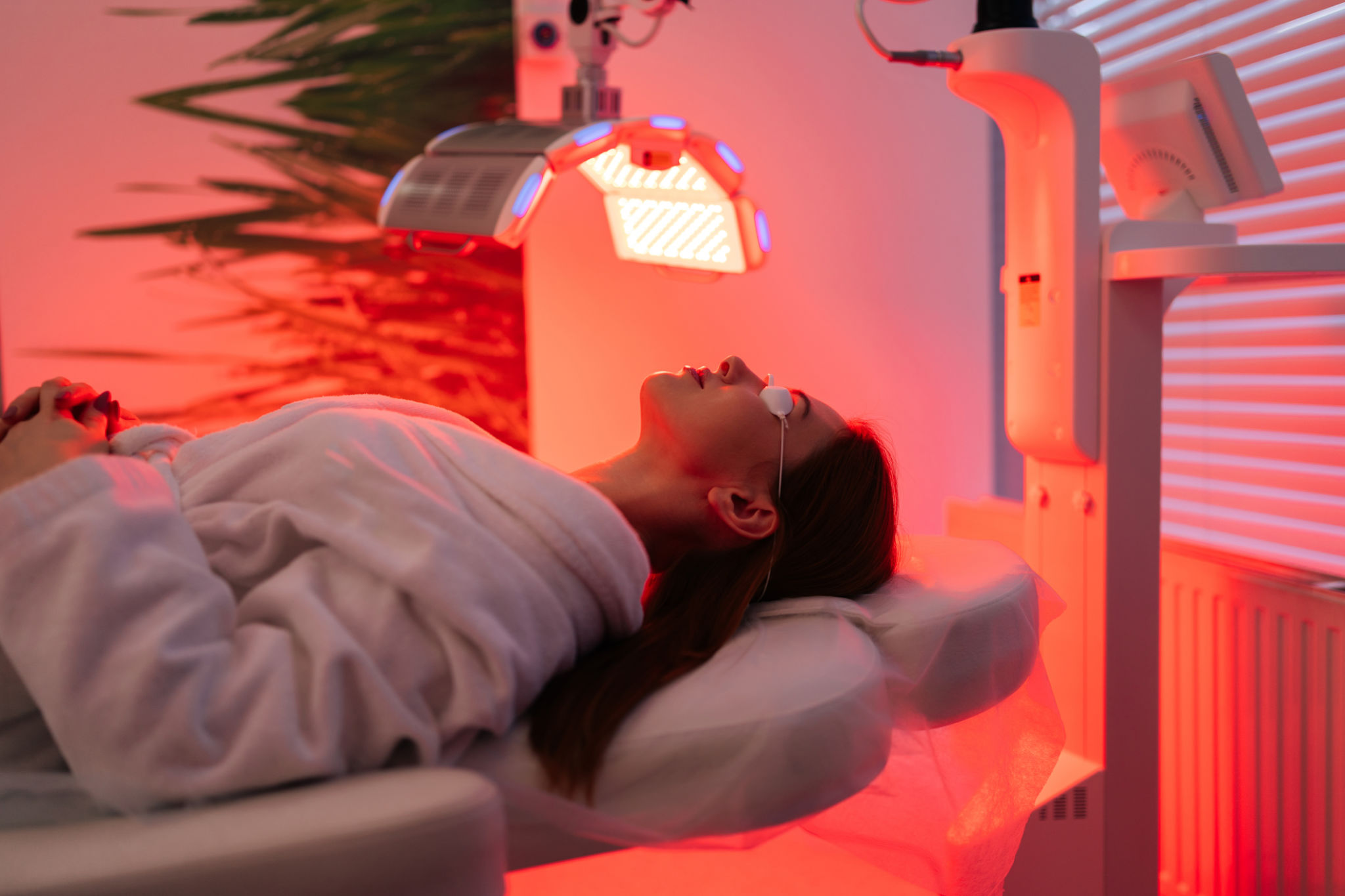The Role of Therapy in Managing Seasonal Affective Disorder
Understanding Seasonal Affective Disorder
Seasonal Affective Disorder (SAD) is a type of depression that occurs at a specific time of year, usually in the winter when daylight hours are shorter. This condition is more than just the "winter blues" and can significantly impact a person's day-to-day life. Common symptoms include fatigue, depression, hopelessness, and social withdrawal. Understanding the role of therapy in managing SAD can be pivotal for those affected.

How Therapy Can Help
Therapy plays a crucial role in managing Seasonal Affective Disorder. It provides individuals with coping strategies and tools to combat the depressive symptoms associated with SAD. Cognitive Behavioral Therapy (CBT) is one of the most effective treatments, helping individuals restructure negative thoughts and behaviors. Through therapy, individuals can develop a more positive mindset and learn how to manage their symptoms more effectively.
Therapists work with patients to identify patterns and triggers of SAD, which can be instrumental in creating personalized treatment plans. This tailored approach often includes setting realistic goals, maintaining a regular schedule, and engaging in enjoyable activities, all of which are beneficial in combating the effects of SAD.
The Benefits of Light Therapy
Light therapy is another significant component in managing SAD. It involves exposure to a bright light that mimics natural sunlight, which can help regulate mood and sleep patterns. This form of therapy is often used alongside traditional talk therapy to provide a comprehensive treatment plan. Patients are typically advised to spend around 20-30 minutes each morning in front of a lightbox to see improvements.

While light therapy is highly effective for many individuals, it should always be conducted under the supervision of a healthcare provider to ensure safety and efficacy. Combining light therapy with talk therapy can enhance results, offering individuals the emotional support they need while addressing the physiological aspects of SAD.
The Importance of Support Systems
Having a strong support system is critical for individuals dealing with SAD. Therapy not only provides professional guidance but also encourages the involvement of family and friends. Support systems can help individuals stay motivated and engaged in their treatment plans, offering encouragement and understanding during challenging times.
Group therapy is another beneficial option where individuals can share their experiences with others facing similar challenges. This shared experience can foster a sense of community and reduce feelings of isolation often associated with SAD.

Developing Healthy Lifestyle Habits
In addition to therapy, adopting healthy lifestyle habits can significantly aid in managing SAD. Regular physical activity, a balanced diet, and adequate sleep are essential components of a holistic approach to treatment. Therapists often incorporate these elements into their sessions, helping clients set achievable goals and routines that promote overall well-being.
Mindfulness practices such as meditation and yoga can also be beneficial. These activities encourage relaxation and stress reduction, which are critical in managing depressive symptoms. By integrating these practices into daily life, individuals can create a foundation for long-term mental health management.
Concluding Thoughts
Therapy is an invaluable tool in managing Seasonal Affective Disorder, offering both emotional support and practical strategies for overcoming symptoms. Whether through individual or group sessions, therapy helps individuals build resilience against the seasonal challenges they face. By incorporating light therapy and healthy lifestyle practices, individuals can experience significant improvements in their quality of life during the darker months.

